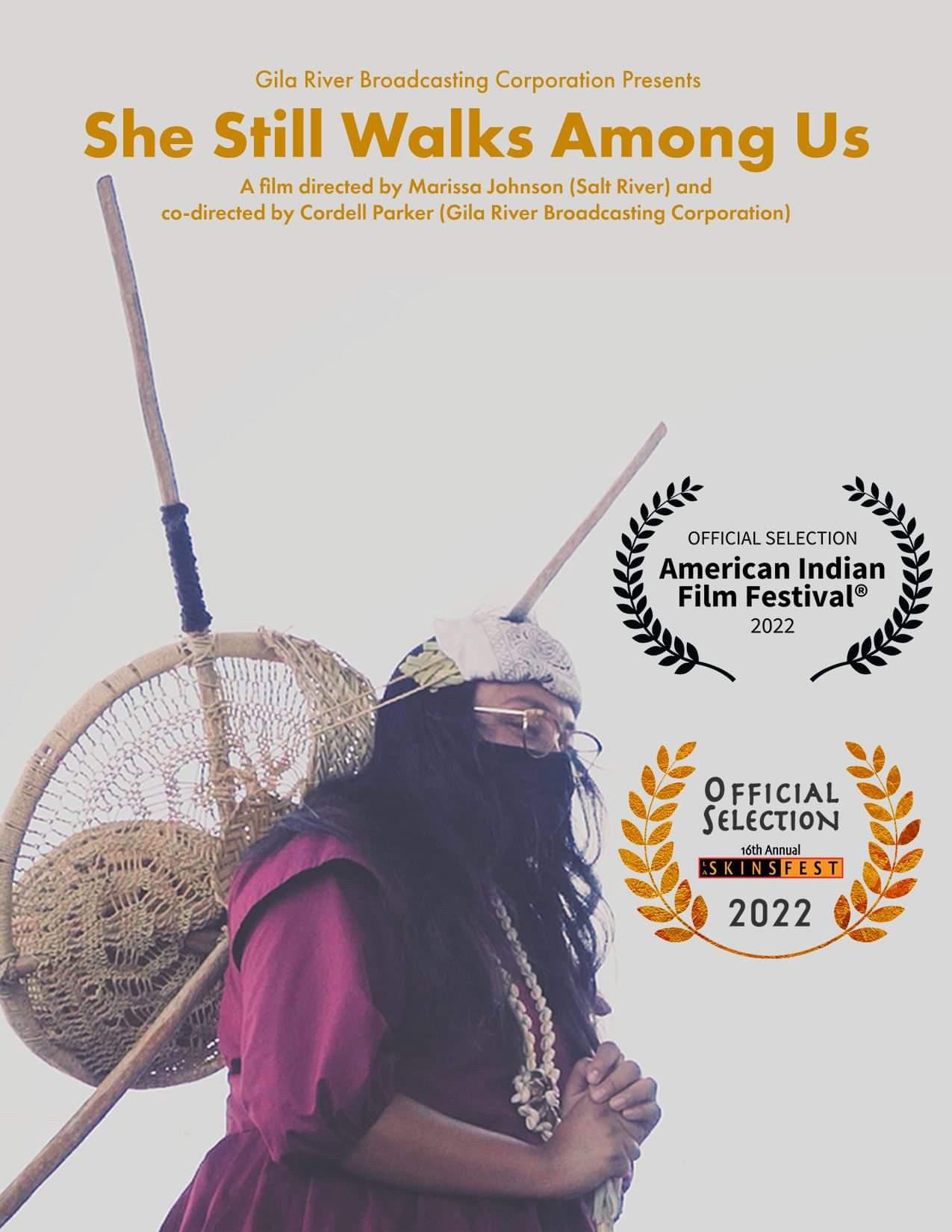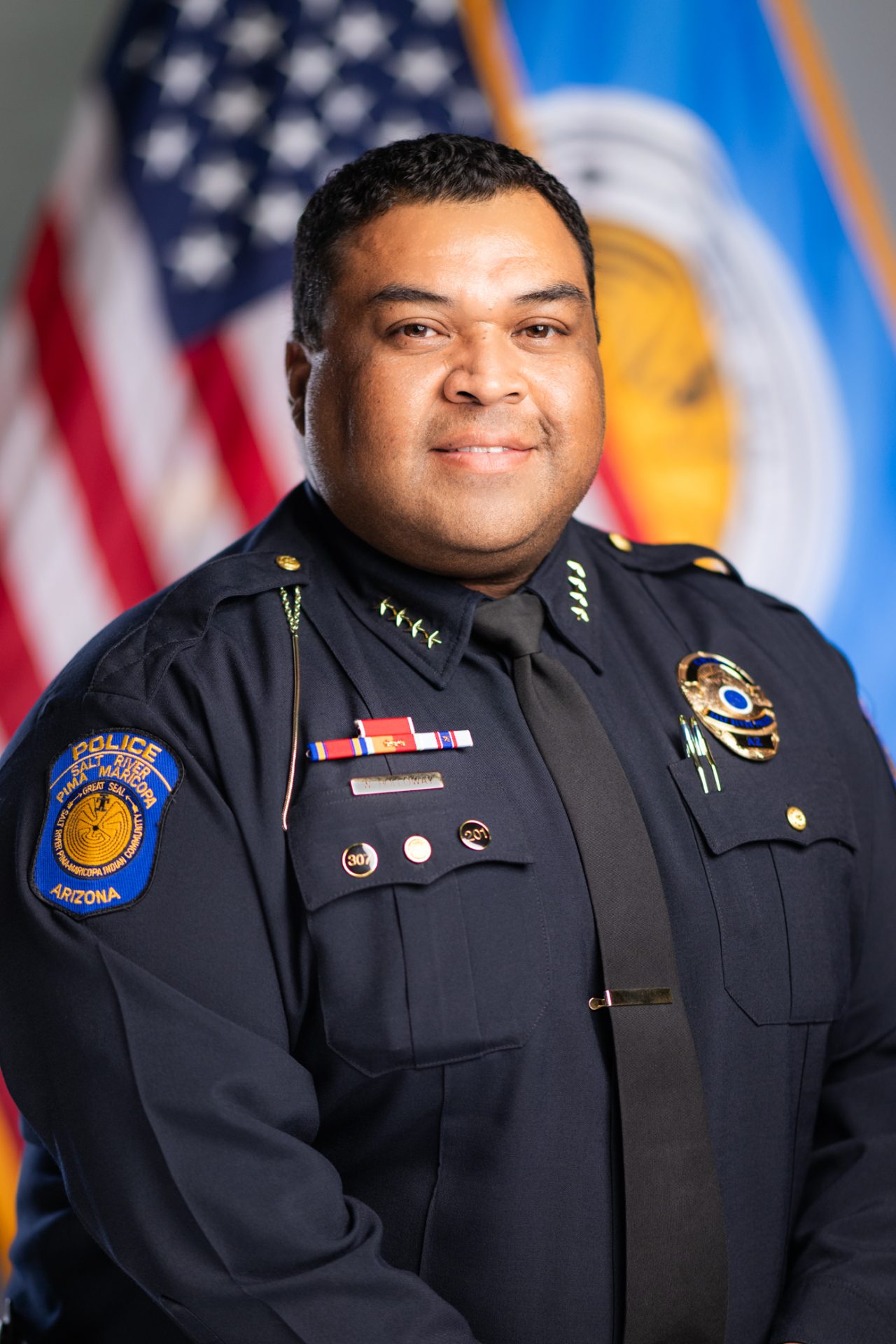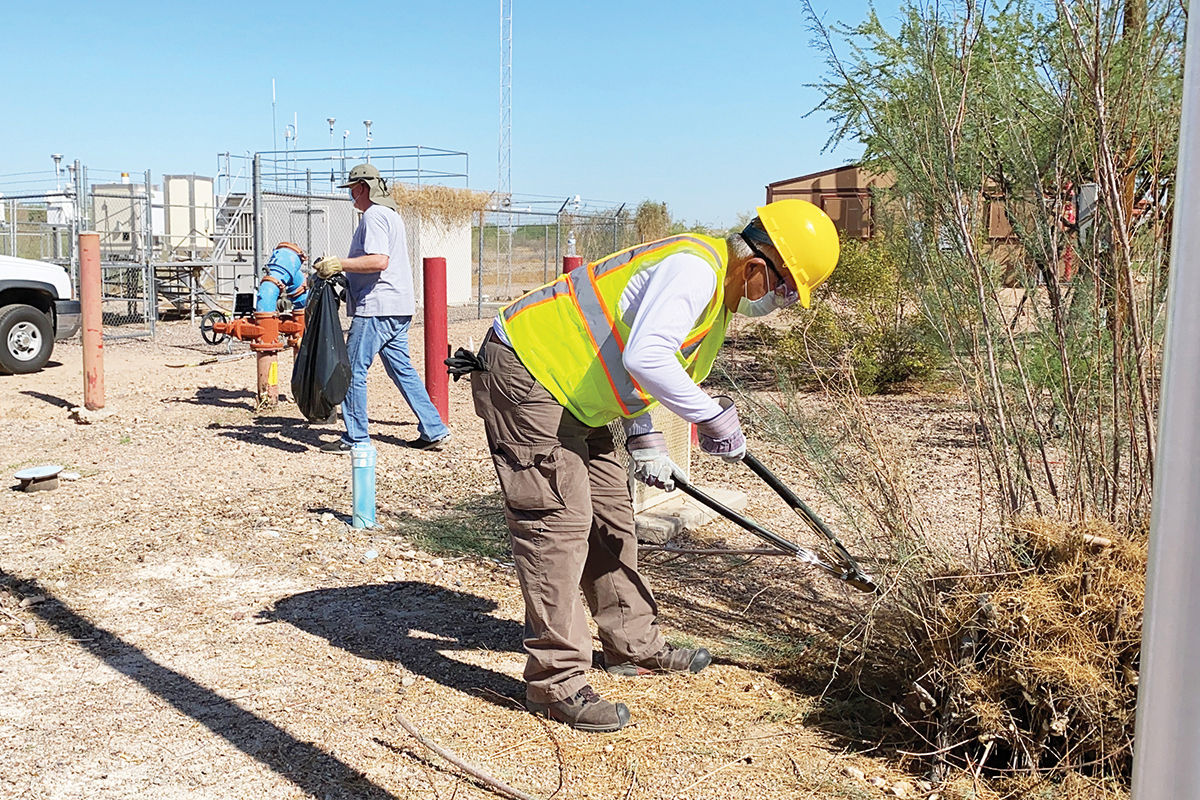VIEWS: 1410
November 18, 2022‘She Still Walks Among Us’ Selected for Film Festivals
In the early morning on June 21, 2021, Salt River Pima-Maricopa Indian Community member Marissa Johnson carried the traditional Kia-ha burden basket from the Community to Old Town Scottsdale.
To chronicle the historic walk, Johnson asked Cordell Parker of the Gila River Broadcast Corporation (GRBC) to capture the moments before, during and after the walk on video. What ensued was a documentary titled “She Still Walks Among Us,” which was presented by the GRBC, directed by Johnson, and co-directed by Parker.
The documentary was submitted to two of the largest Native film festivals: the American Indian Film Institute’s annual American Indian Film Festival, which took place November 4-12 in San Francisco; and the LA Skins Fest, which took place at the Chinese Theatre in Hollywood November 15-20. The documentary was officially selected for screening by both festivals.
“The Community and I have history with the AIFI,” said Johnson. When Johnson was a teenager, the Community partnered with the American Indian Film Institute Touring Program. AIFI toured different reservations to present a summer program to teach [Native] youth how to direct, shoot, act in and edit short films. “This is where I found my passion for film,” she said. “I used the skills I learned from this program and expanded my knowledge. I must thank AIFI for opening that door for me. To see a film that I directed in the AIFF lineup as an adult is surreal.”
The documentary was originally intended to be a short video of the burden basket walk, but Johnson said that her mentor, Royce Manuel, who made the basket over a period of time and who has since passed away, would bring up how neat it would be to film the Kia-ha in modern times walking into Scottsdale.
“I was able to do one final interview with Royce-baḍ on his story of bringing back the Kia-ha,” said Johnson. “Before he passed, we asked him if we could turn this project into a documentary and enter it in these festivals. We received his blessing.”
Parker, who knew Manuel for a couple of years, said that his boss green-lighted the use of GRBC’s camera equipment to film the walk after a conversation about honoring him.
“I was very focused on making sure I got as many shots of Marissa walking as I could and finding ways to symbolize the day’s walk,” said Parker. “It was a very big deal to me, and I wanted to make sure that we could convey [the Kia-ha’s] historical significance in the most detailed way possible.” Parker said there are future plans for the documentary to be screened somewhere on the Community and also to possibly stream it on the GRBC YouTube page.







